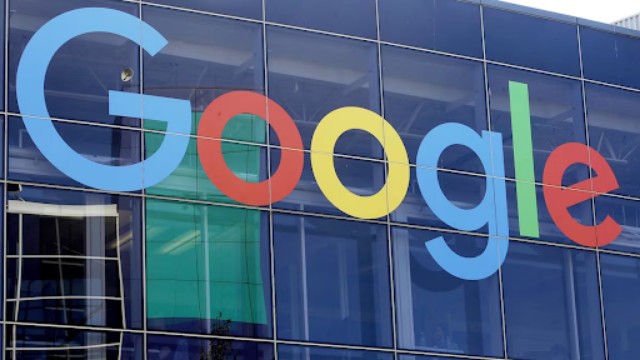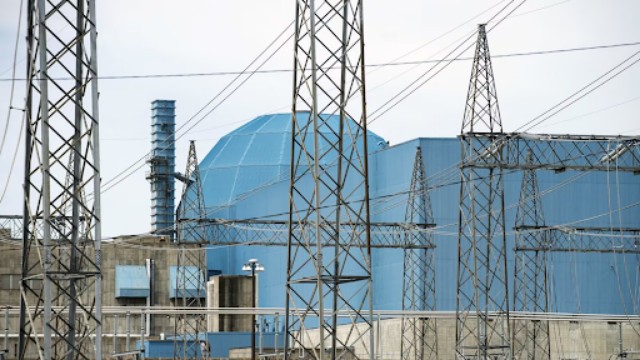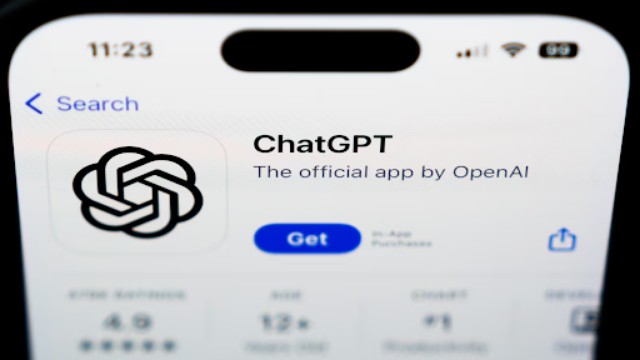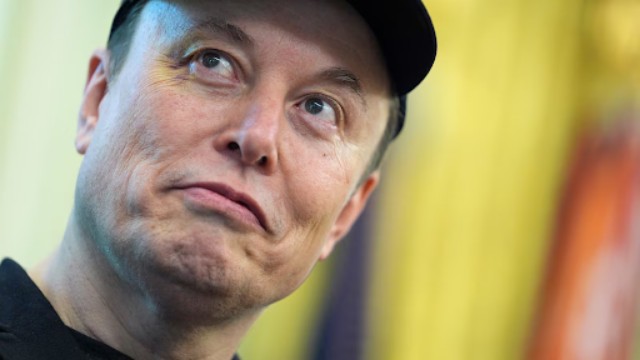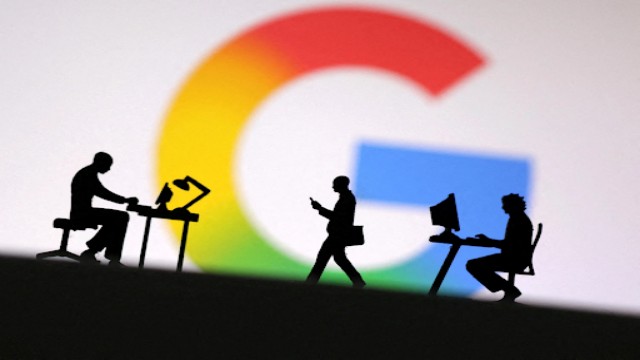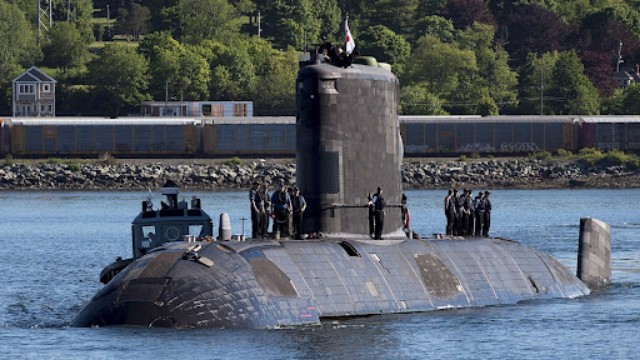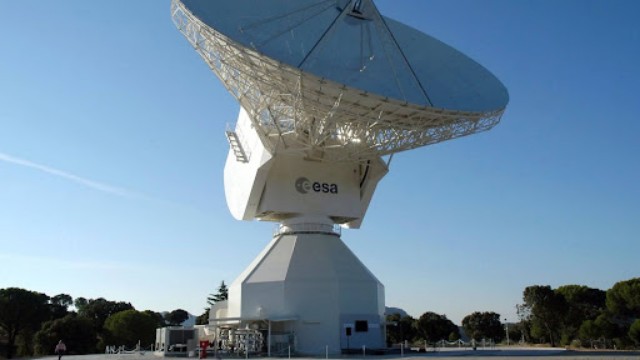
A Falcon 9 rocket’s first-stage booster is on display at SpaceX’s headquarters in Hawthorne, California, as of July 16. Getty Images
SpaceX’s Falcon 9 rocket, known for its frequent launches, is set to fly again following a recent failure. On July 11, the rocket experienced a significant malfunction during a mission to launch Starlink satellites. This issue, which led to the loss of the second stage's functionality, was attributed to an oxygen leak.
The Federal Aviation Administration (FAA) reviewed the incident and determined that it did not pose any risk to public safety. This clearance means SpaceX can resume Falcon 9 launches while the full investigation continues. The FAA's green light allows SpaceX to quickly return to its routine operations, which include not just commercial satellite launches but also missions carrying astronauts to the International Space Station (ISS).
SpaceX has already planned to relaunch the Falcon 9 on August 11, only two weeks after the mishap. This rapid turnaround is notable because previous failures have sometimes grounded the rocket for months. The upcoming launch will deploy another batch of Starlink satellites, maintaining the company's schedule and commitment to expanding global internet coverage.
The return to flight also supports SpaceX's upcoming Crew-9 mission, which will transport astronauts to the ISS. This mission, scheduled for August 18, marks SpaceX's tenth crewed flight under NASA’s Commercial Crew Program. NASA’s commercial crew program manager, Steve Stich, expressed confidence in SpaceX’s handling of the situation and their transparency throughout the investigation.
The Crew-9 flight will carry four astronauts, including NASA’s Zena Cardman, Nick Hague, and Stephanie Wilson, along with Russian cosmonaut Alexsandr Gorbunov. Hague has voiced his trust in both SpaceX and NASA, stating he is eager to participate in the mission once the team is ready.
In addition to routine missions, SpaceX is preparing for a groundbreaking private mission called Polaris Dawn. This mission, planned for late summer, will see billionaire Jared Isaacman and three crew members conduct the first spacewalk by private citizens. Although initially set for this month, it has been rescheduled to August.
The July 11 failure involved the Falcon 9's second stage, which encountered an oxygen leak. This issue, caused by a cracked pressure sensor line and a loose clamp, led to what SpaceX CEO Elon Musk described as a "rapid unscheduled disassembly" or explosion. Despite the malfunction, the Starlink satellites were deployed, though they were placed in a lower orbit than intended.
The FAA’s investigation found that the debris from the failed launch has reentered the atmosphere with no reported injuries or property damage. SpaceX has pinpointed the leak's cause and taken steps to prevent similar issues in the future. The company identified that the problem arose from excessive cooling of engine parts due to the leak, which affected the rocket's fuel efficiency.
SpaceX’s extensive flight history and data collection capabilities have enabled them to address and rectify the issue swiftly. The company’s ability to bounce back quickly from setbacks demonstrates its resilience and commitment to advancing space exploration.


